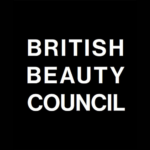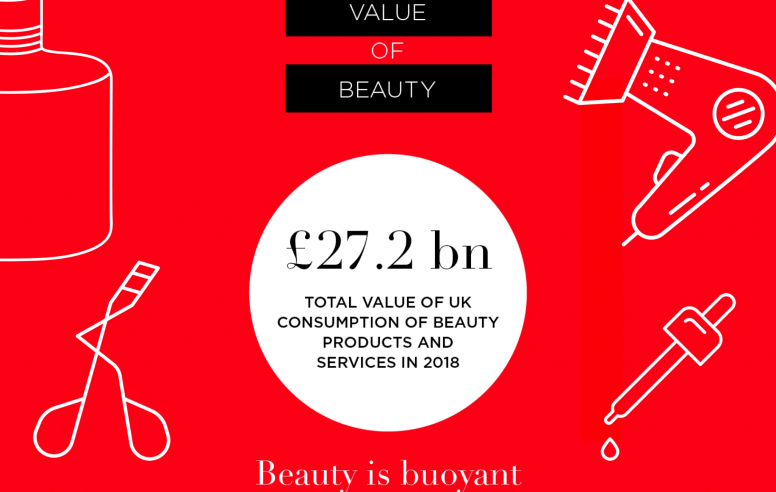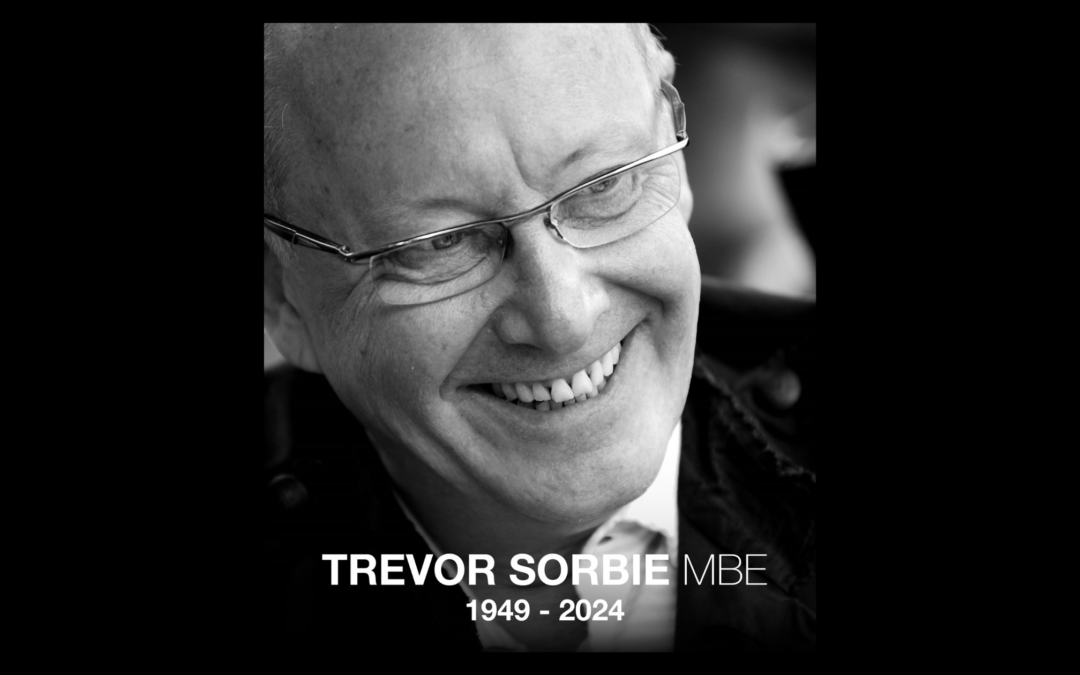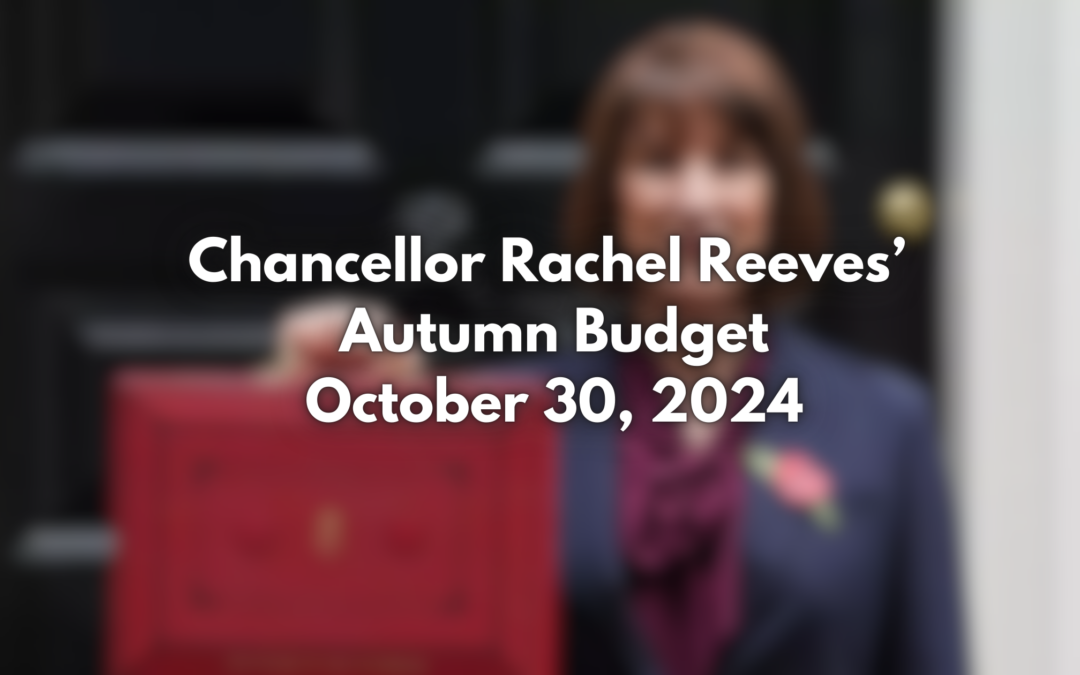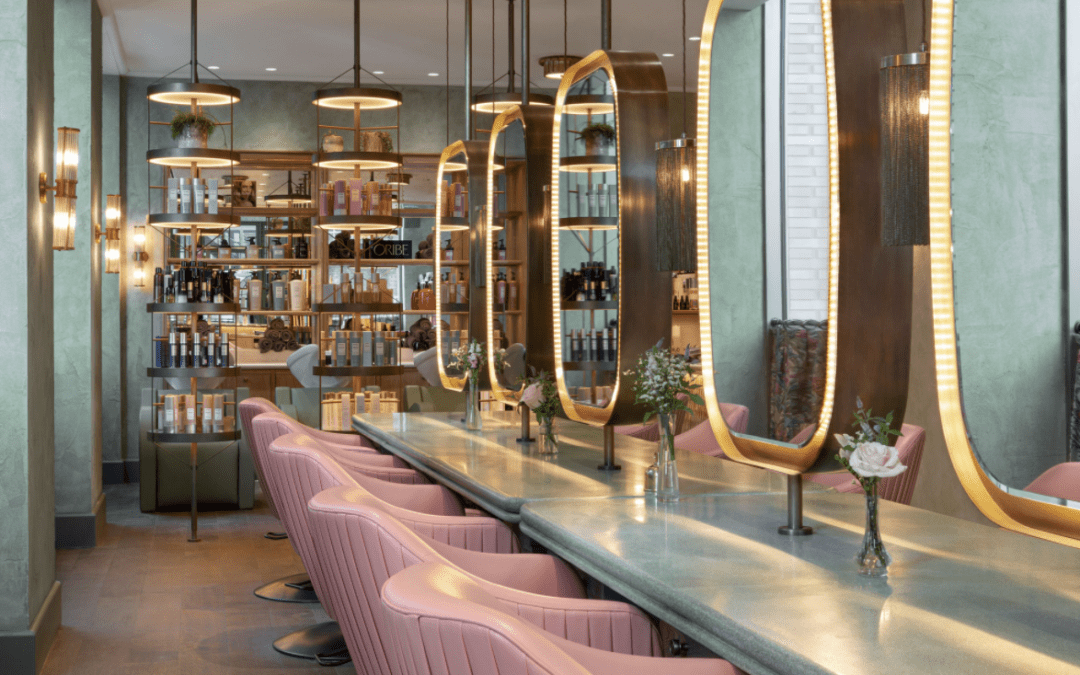We’ve just about recovered from the party we threw last week to celebrate the publication of our landmark report The Value Of Beauty.
For the first time ever, a comprehensive report exists – and is available (free to download here) – that quantifies the sheer scale of the industry’s economic footprint. It’s been quite a journey to get to this point, as our CEO @milliekendall explains.
In October 2018 the British Beauty Council began a pioneering project to value the British beauty industry and understand its economic impact on the UK economy. We commissioned an in-depth piece of research to determine the real definition of beauty, the results of which you can now download via our website in the ‘about us’ section under reports. Once this definition was complete we passed it on to Oxford Economics, leaders in global forecasting and quantitative analysis, with a brief to assess the value of our industry both in terms of contribution to GDP as well as consumer spending and tax contributions. They also looked at our industry’s social impact and influence, careers and education – and what these meant to both the British economy and also the industry itself. Oxford Economics report revealed that while the British beauty industry is a viable contributor to Britain’s GDP, there is a lot of work to be done to maximize this positive foundation. To get this underway, the British Beauty Council developed our own manifesto outlining our intentions under the three pillars reputation, innovation and education. Please download the Value of Beauty (find it on our site in the about us/reports section or here) and get in touch via the contact form on our site if you would like to get more involved in supporting our industry, are interested in any partnership opportunities or simply want to discuss the data in the report.
The total value of UK consumption of beauty products and services in 2018 has been much discussed in recent months (not least by the Council!) We can now confirm the actual figure – an incredible £27.2bn, the largest share of which comes from purchases of care and maintenance products (£10.4bn), followed by purchases of personal enhancement products (£8.7bn) and beauty services (£8bn).
